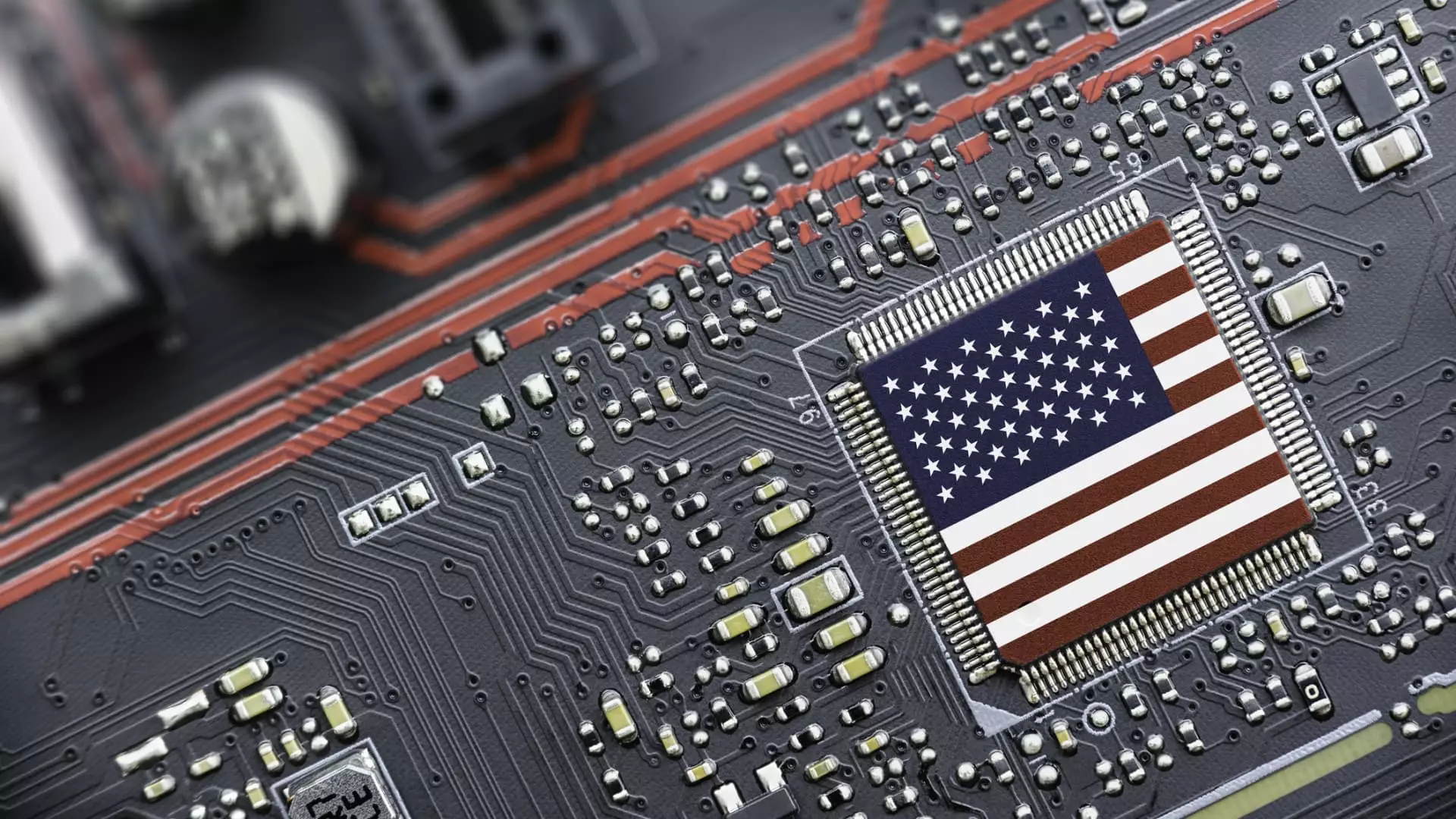In the ever-volatile semiconductor market, Thursday’s turmoil was unexpected, especially considering the promising tariff relief announced by President Trump. Exempting semiconductors from hefty levies, such as the staggering 32% tariff from Taiwan, initially sparked some optimism. However, this optimism quickly evaporated as market reactions signaled a deeper underlying concern. Investors are right to be skeptical; on the surface, it may seem like a slight reprieve for companies like Nvidia, Micron, and Broadcom, yet the reality is far more complex. The tariff matter, although temporarily alleviated, is far from settled. Instead of ushering in a golden age for chip manufacturers, it has merely postponed the inevitable reckoning of impending levies. The decision feels like a cosmetic fix—a futile attempt to heal a wound that is only set to fester.
Anticipation of Impactful Tariffs
Despite the temporary exemption, the specter of new tariffs still looms large over semiconductor companies. Analysts are predicting additional tariffs averaging around 10% in the near future, which raises critical questions about corporate strategies and market resilience. Companies are already rumored to be exploring creative solutions for profit, such as rerouting shipments through countries with more favorable tariffs, yet these are nothing more than hasty Band-Aids. The reality is that these evasive measures cannot mask the potential for crippling demand collapse across the board.
Nvidia’s year-to-date drop of nearly 24% paints a stark picture of investor sentiment, amplified by market anxiety surrounding changes in demand. With billions in orders from Chinese tech firms like Alibaba, Nvidia is caught in a precarious situation where meeting demand risks an overproduction nightmare if U.S. restrictions land heavily. The company is being jolted between a rock and a hard place, setting the stage for a perfect storm.
The Demand Dilemma
One of the most alarming aspects of this developing crisis is its potential impact on demand. The semiconductor industry primarily sees its products embedded in finished goods like computers and smartphones, which now face the prospect of new tariffs. According to Bernstein analyst Stacy Rasgon, critical imports like computing equipment and wireless devices may soon encounter tariffs as high as 40%. This not only places a burden on the companies themselves but could severely affect consumer purchasing power, which has been a crucial pillar in this increasingly digital economy. As consumers scale back on purchases, the cascading effects could wreak havoc on an already shaky industry.
Infrastructure Investments Under Threat
The landscape is further clouded by the uncertainty surrounding infrastructural investments. Companies like Microsoft have hit the brakes on several data center projects across diverse locations, from Indonesia to the U.S. This troubling turn of events raises eyebrows not just about immediate project impacts but also the broader demand for AI and cloud services, which were previously perceived as a bedrock for future growth. The 8% drop in shares of CoreWeave, a key player in cloud infrastructure, underscores the market’s anxiety, revealing vulnerabilities that stem from halting investments and worried forecasts.
The Porous Safety Nets of Protectionism
While some American manufacturers like Intel and GlobalFoundries might temporarily benefit from a shift in production back to domestic facilities, this protectionist response feels more reactionary than strategic. The immediate issue of a potential demand collapse overshadows any long-term benefits producers could reap. Instead of fostering growth and innovation, such policies may simply introduce more uncertainty into an already tumultuous market.
In this charged atmosphere of rising tensions, the semiconductor industry is teetering on the brink. The protections being haphazardly assembled may serve as a weak shield against a broader economic slowdown. Instead of investing in growth strategies or robust innovation, companies are left scrambling for ways to adapt to a landscape that’s constantly shifting beneath their feet. Mark my words, this is more than just a temporary downturn—it’s a critical moment in time that warrants our closest attention.


Leave a Reply